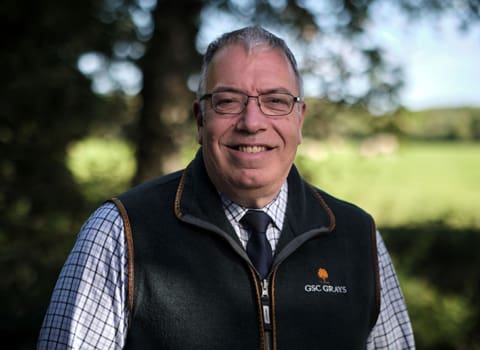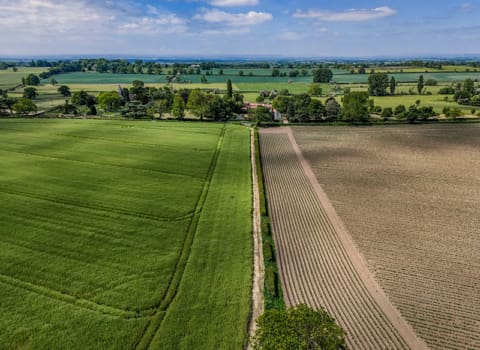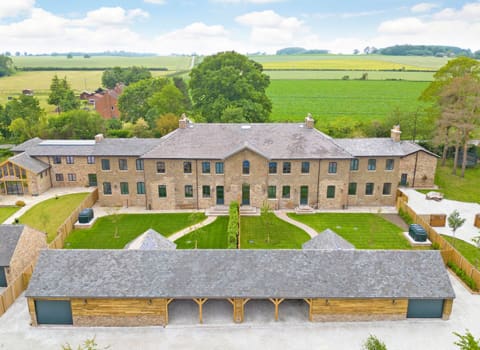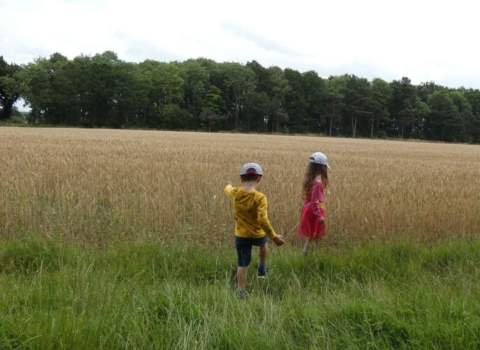Contact our offices
Main office
COLBURN
5 & 6 BAILEY COURT
COLBURN BUSINESS PARK
RICHMOND
NORTH YORKSHIRE
DL9 4QL
Estate Agency Offices are located in
BARNARD CASTLE, BOROUGHBRIDGE & RICHMOND
Residential Management Team
Our Offices
- Alnwick
01665 568310
Email Officealnwick@gscgrays.co.uk - Barnard Castle
01833 637000
Email Officebarnardcastle@gscgrays.co.uk - Boroughbridge
01423 590500
Email Officeboroughbridge@gscgrays.co.uk - Chester-Le-Street
0191 3039540
Email Officechester-le-street@gscgrays.co.uk - Colburn
01748 897630
Email Officecolburn@gscgrays.co.uk - Driffield
01377 337180
Email Officedriffield@gscgrays.co.uk - Hamsterley
01388 487000
Email Officehamsterley@gscgrays.co.uk - Hexham
01434 611565
Email Officehexham@gscgrays.co.uk - Kirkby Lonsdale
01524 880320
Email Officekirkbylonsdale@gscgrays.co.uk - Penrith
01768 597005
Email Officepenrith@gscgrays.co.uk
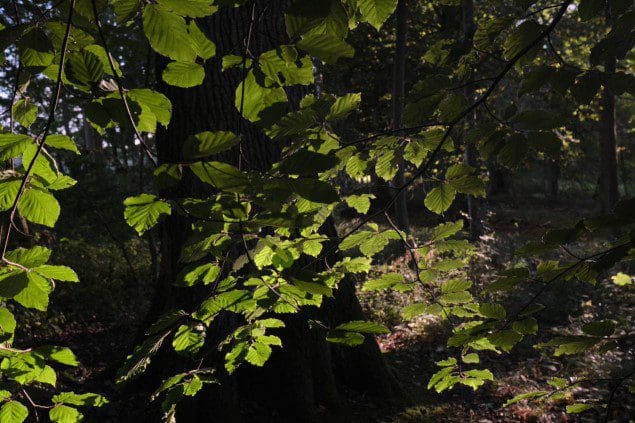
PIONEERING A MODEL FOR MULTI-FUNCTIONAL WOODLANDS
Earlier this year, we were successful in securing funding from the Natural Environment Investment Readiness Fund for an ambitious woodland creation project on Swinton Estate.
As the project gets underway, Holly Story shares some of the aspirations and challenges that lie behind the project.
Swinton Estate extends from the River Ure across 8,000 hectares of farmland, woodland and moorland. The majority of the Estate is in the Nidderdale AONB and borders the Yorkshire Dales National Park and it encompasses several designated sites which are protected for their biodiversity or historical value.
There are around 700 hectares of woodland on the Estate, and the proprietor, Mark Cunliffe-Lister, has an ambitious goal to increase this area by half within the next 20 years. Even more ambitious, is his vision to plant and manage this additional 350 hectares in a way that maximises environmental and social benefits that woodlands can offer, while remaining commercially viable.
FUNDING OPPORTUNITY
Earlier in 2021, the Natural Environment Investment Fund (NEIRF) opened for applications, and we saw an opportunity to secure funding that could open up new sources of revenue for the Estate and lay the foundations for Swinton’s woodland creation programme.
The aim of NEIRF is to help deliver on commitments in the Government’s 25 Year Environment Plan and Green Finance Strategy by providing grant funding for organisations to develop and secure private funding for nature projects. The grant supports the development of new funding models and business cases which are replicable and scalable and encourage private sector investment in nature projects.
We worked with the Estate, and their new forestry manager Charles Clark, to design an application for a 12-month project and were awarded funding in July 2021; Swinton Estate was the only private estate to be successful. The project will test whether ‘multi-functional woodlands’ can generate income on a par with or exceeding that that would be achieved from traditional commercial forestry, by marketing ecosystem services alongside timber.
The goal is to have a strong business case for ‘Phase 1’ (150 ha in the first 10 years) of the new planting programme to present to the Estate’s board of trustees next July.
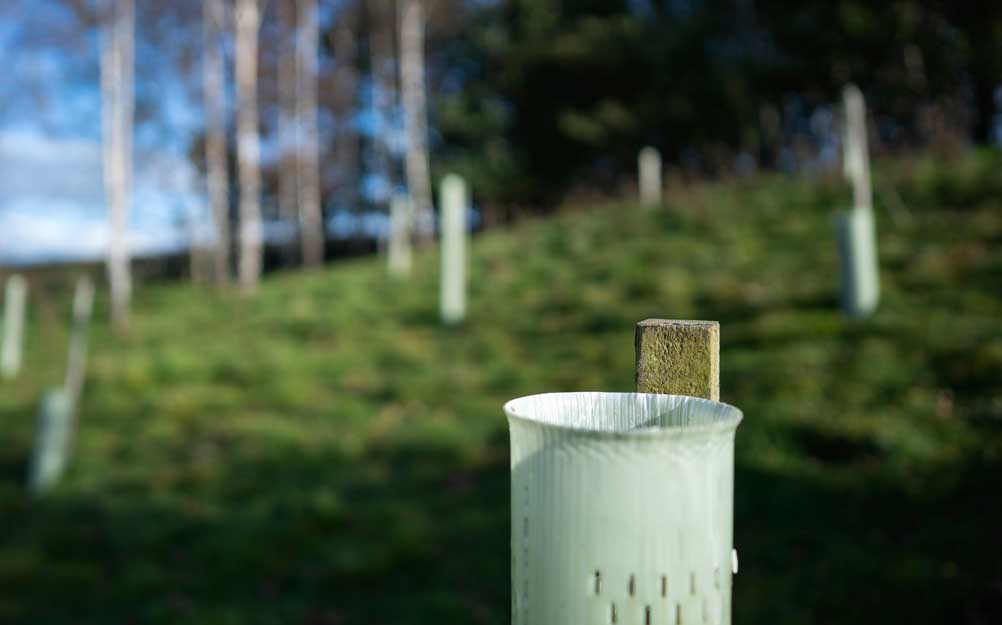
MAXIMISING BENEFITS
Woodlands have the potential to offer an amazing array of benefits, for people and nature through recreation, air and water quality improvements, natural flood mitigation and carbon offsetting. But planting and locating woodlands to deliver greater environmental benefits will in some cases compromise timber yields, and/or increase planting or management costs, resulting in a drop in net return.
To offset that drop, we are planning to secure new income streams from the sale of ecosystem services from the new woodlands, including carbon and biodiversity offsetting. This is an innovative approach. Carbon markets for woodland carbon credits are now well developed in the UK, but other ecosystem services are not commonly quantified and marketed. Under the Woodland Carbon Code ‘co-benefits’ from planting projects are recorded and scored, and may help to attract a stronger price for the woodland carbon credits, but they do not generate a supplementary income in their own right. We hope that our approach will help to attract a greater range of beneficiaries and higher returns.
Commercial forestry or planting for biodiversity is often presented as an ‘either/or’, but by combining payments for ecosystem services with timber sales, the Estate hopes to pioneer a more diversified, resilient model, that is well suited to the challenges of the future.
FIRST STEPS
The project has just started and at the moment we are conducting baseline surveys of potential planting sites to assess their suitability, understand the baseline position pre-planting and optimise our planting plans.
We are also researching the market for ecosystem services in our region. Businesses are facing pressure to reduce or offset their environmental impact, and many are responding by providing financial support for ‘nature-based’ initiatives that deliver environmental gains. It is important to the Estate that the project supports positive outcomes in the local area and communities, so we are exploring how much interest and support there is from local businesses in the first instance, rather than targeting national offsetting markets.
There are a whole host of challenges on the horizon. Rural estates and landowners are facing pressure to deliver environmental benefits and having seen the impact of global environmental change on their own land and businesses, many of the farms and estates we work with are motivated to act. Forestry managers too are increasingly looking for alternatives to clear fell systems and monocultures which are more susceptible to pest and disease threats.
We hope that the model we are developing at Swinton Estate can be part of the solution, by providing land-owners and investors with an attractive return from multi-functional woodlands that are designed and sited to deliver valuable ecosystem services, as well as timber.



